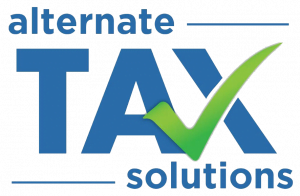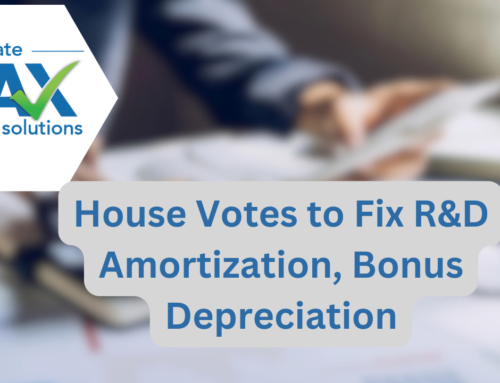The Tax Cuts and Jobs Act of 2017 made the R&D Tax Credit one of the biggest tax incentives for businesses. Among other things, the act affirmed that research and innovation are a crucial component of the U.S. economy. The R&D Credit seeks to reward businesses that engage in activities involving risk in pursuit of technical solutions. Unfortunately, many architecture and engineering firms do not realize that these criteria apply to them.
For years, many in the architectural design sector have worked under the assumption that in order to qualify for the R&D Credit, a company must be pursuing new inventions or discovering new information in a laboratory setting. In reality, any firm that engages in a process of trial and error in the pursuit of discovering technical information that is used to create a product or deliver a service can use this credit. In order to remain competitive, architectural firms are constantly pushing the limits of their knowledge to come up with unique designs and techniques for their clients. This makes architecture firms perfect candidates for the R&D Tax Credit.
In order to claim the R&D Tax Credit, a company must show that its activities meet what is known as the “four-part” test of the internal revenue code. Each part and the way it applies to A&E firms are outlined as follows:
1. Business Component Test: To pass this test, A&E firms must show that the work they perform for clients is done under fixed-price or lump-sum contract agreements. These agreements must stipulate that payment in full is contingent upon success of the research, meaning that the client can withhold payment if the A&E firm fails to develop a sufficient deliverable or to correct deficient work.
2. Uncertainty Test: A firm must prove that it encounters challenges when attempting to take a design from concept to a full set of construction documents. Generally, all that must be shown is that the firm was uncertain as to the designs, techniques, or methods needed to meet client requirements.
3. Experimentation Test: In order to overcome uncertainties on each project, the firm must show that it uses a process of trial and error that allows it to evaluate alternative options or approaches. Any architecture firm utilizing the Bid, SD, DD, CD design-development cycle inherently must look at and evaluate alternative designs.
4. Technical in Nature Test: This test requires a firm to use the principles of physical or biological sciences, engineering, or computer science. This gate is easily met by firms since they are relying on engineering principles.
When one looks at the processes and activities that architectural firms use to design buildings and spaces, it becomes apparent how these gates are met. The ability to meet these gates increases when a firm experiments with new technologies such as 3D printing, VR/AR, or advanced BIM modeling as part of its project development process.
Any wages of personnel that directly perform the R&D outlined in the four tests, support the R&D, or supervise the R&D can be allocated towards the credit. Additionally, in certain circumstances, the amounts paid on each project to third-party MEP or structural engineering firms may be included as part of the credit calculations.
The R&D Tax Credit is not limited to A&E firms who only participate in the design stages of a building or construction project. If a firm takes on responsibility for the build portion of the project, further wages associated with construction supervisors, project managers, or foremen may be eligible. The build phase often presents a number of uncertainties that can prevent the solution developed in the design phase from being implemented. This requires that construction team members must work with design team members to develop alternative approaches. Thus, activities undertaken in this phase may meet the four-part test requirements.
The criteria discussed above should make it apparent that most firms in the A&E industry will qualify for and should take advantage of this Tax Credit. However, identifying qualifying expenses requires nuanced understanding of the A&E process and the case law and regulatory guidelines surrounding the credit. At ATS, we have combined our experiences from the construction industry with expertise in tax compliance to help firms within the A&E industry obtain this valuable credit. If you would like to know more about how your architecture or engineering firm can obtain this credit, please contact Alternate Tax Solution’s R&D Tax Credit experts.




